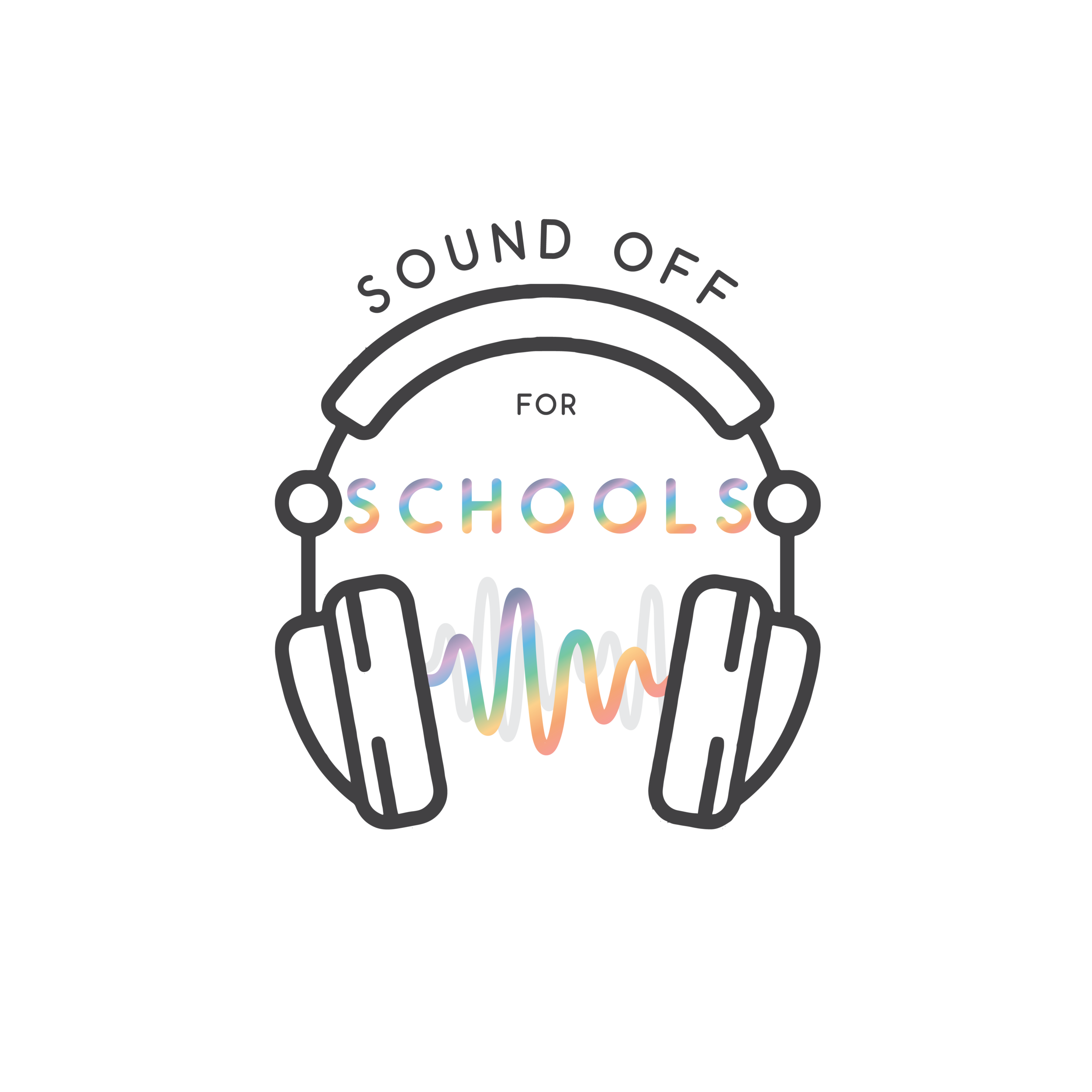How do you track the wellbeing of students?
“Education plays a vital role in promoting the intellectual, physical, social, emotional, moral, spiritual and aesthetic development and wellbeing of young Australians” (Alice Springs (Mparntwe) Education Declaration, 2019, p. 2).
Wellbeing of staff and students is a hot topic. The recently released Alice Springs (Mparntwe) Education Declaration refers to student wellbeing twice as often as the previous 2008 Melbourne Declaration on Educational Goals for Young Australians, and wellbeing has been named as one of the top trends in education in 2020. This shift probably isn’t surprising to those of us that are in classrooms – teachers know that student wellbeing is inextricably linked to academic achievement.
In my work as a school data consultant, I see increasing interest from schools in tracking the wellbeing of students in addition to their learning journey; however, for many of educators, this is new territory, and there isn’t a one-size-fits-all approach. Fundamentally though, I believe there are three key steps to incorporating wellbeing measures into your school, and the focus should always be on what you plan to do with the information once it’s collected.
Why are you collecting it?
The first thing is to decide why you want to track the wellbeing of students in your school. You need a clearly defined purpose, as all of your subsequent decisions will be based on your ‘why’, and what you intend to DO with your data once it’s collected. Do you want individual teachers to know more about their students? Do you want to be able to have more targeted and specific conversations with students? Do you want generated reports for individuals and/or a cohort? Are you looking for a consistent measure for your school that you can track longitudinally? There are many reasons why wellbeing data will enhance what you do at your school – name your ‘why’ from the start, and then start to think about the best types of data to collect to achieve your aims.
What will you collect and how?
The second decision that you need to make is about the types of data that will provide you with the information that you’re after. Just like any academic data, not all data will fit your intended use or purpose at all times, so you need to be discerning about the types of information you’ll collect. I’ve seen a range of types of data collected on wellbeing, including: students self-reporting on the quality of their relationships, sleep, exercise and emotions; tracking sleep in an annual sleep study; quick surveys on Skodel – a web-based survey tool of three questions that can be administered regularly; and others with detailed wellbeing reports generated by student surveys on platforms like ‘Flourishing at School’. If your ‘why’ is clear, it will be easier to decide on the types of information you need.
What will you do with it?
Once the data has been collected, the most important step is what you do with the information. This stage – the storytelling – is arguably the most difficult, because it requires resources and time to be carved out so that data move from being collected and visualised, to actually informing practice.
Using wellbeing data in schools is relatively new for many educators, so it will take time for staff to learn to use the information, consider implications, and plan action. Time will need to be allocated to explore the results, have conversations, and ask questions about what can and should be done. For example, if a number of students in the same class report that they are struggling with concerns about social media, the teacher would take steps to address this, by talking to students, maybe contacting parents, and talking more frequently about appropriate online behavior. However, if students report that they have high stress levels, largely around exam time, the school might decide to space exams differently, add mindfulness sessions, and check in with students to see if the changes had an impact. The possibilities for action really are endless – but deciding on the action takes time, and this should always be your priority.
Like the use of student achievement data, tracking wellbeing will continue to evolve in Australian schools, so that educators have an even better understanding of the ways they can cater for the needs of their students. Remember though – collecting data in itself does not lead to change. A clear ‘why’ will ensure that you collect data that is useful, but you must ensure that staff in your school capitalise on the power of the data, to enhance the approaches, programs, interactions and conversations in your school.
References
Education Council. (2019). Alice Springs (Mparntwe) Education Declaration. [online] Available at: https://uploadstorage.blob.core.windows.net/public-assets/education-au/melbdec/ED19-0230%20-%20SCH%20-%20Alice%20Springs%20(Mparntwe)%20Education%20Declaration_ACC.pdf [Accessed 12 March 2020].
MCEETYA, 2008. Melbourne Declaration On Educational Goals For Young Australians. [online] Available at: http://www.curriculum.edu.au/verve/_resources/National_Declaration_on_the_Educational_Goals_for_Young_Australians.pdf [Accessed 12 March 2020].
